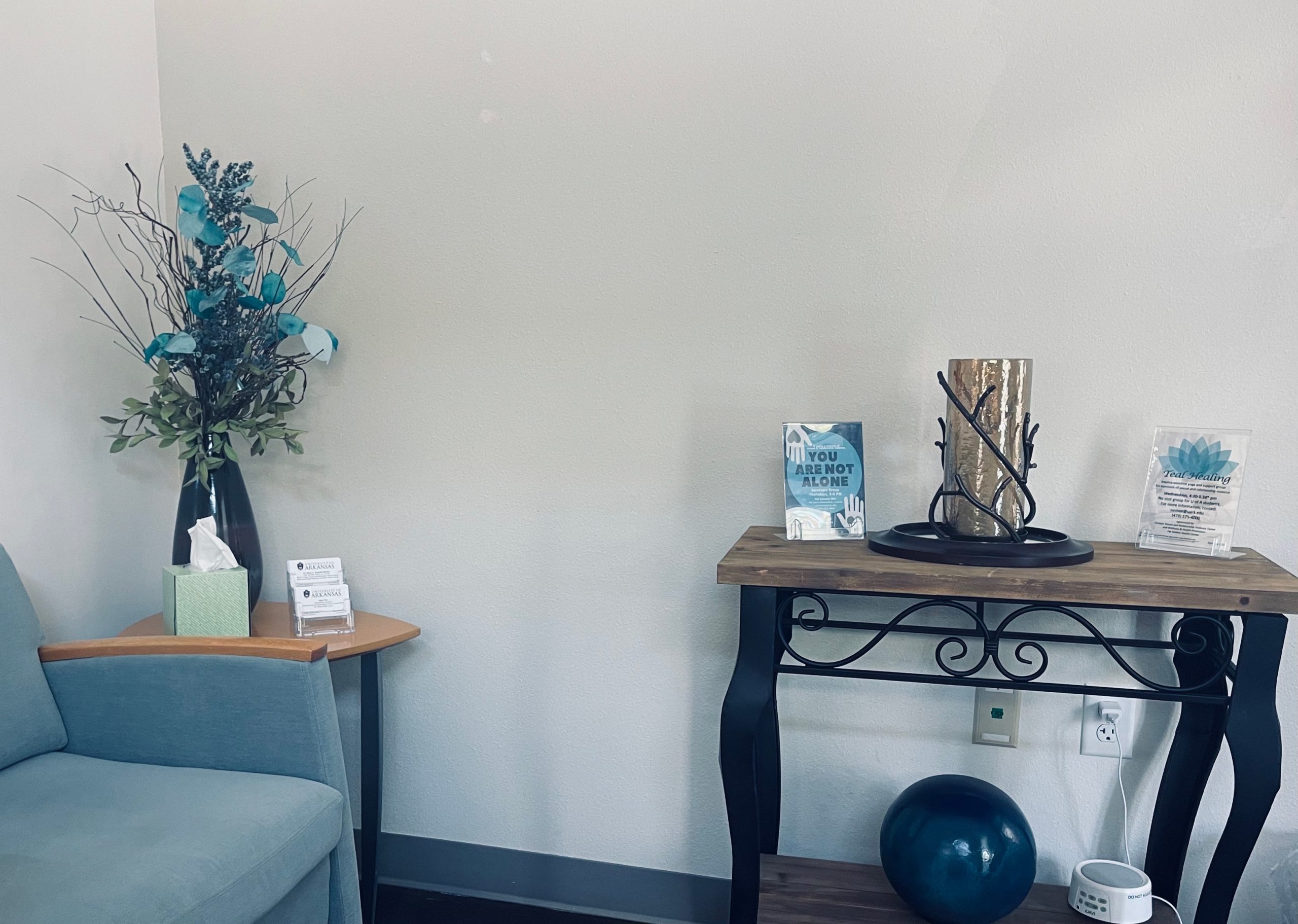By: Reagan Hubbard
FAYETTEVILLE, Ark. (UATV) – Over 95% of sexual assault cases on college campuses go unreported. To add to that statistic, women between the ages of 18-24 are three times more likely to be sexually assaulted than women outside of that age range. Because college students tend to fall somewhere between the ages of this heightened sexual assault percentage, this form of violence is extremely common on university campuses.
Sexual assault statistics and information at the U of A
There is a multitude of things that cause victims to keep quiet after they have been assaulted. In efforts to decrease students silence on this subject, the U of A provides a Sexual and Relationship Violence Center located on North Garland Avenue. This center was designed to make students feel comfortable sharing their stories on an extremely vulnerable topic. The director of the center, Dr. Mary A. Wyandt-Hiebert, said the space was designed with acute consideration to make the space physically comfortable as well as emotionally.
One question that sparks inquiry for researchers is how we are able to obtain data on a college campus. Due to the fact that so little cases are brought to either campus resources or law enforcement, it’s hard to know what happens on U of A campus specifically regarding sexual assault statistics. Because of this obstacle, U of A professionals refer to organizations such as RAINN (Rape, Abuse and Incest National Network) to get an idea of what is happening on and off campus.
Professional shares perspective on sexual assault for college students
Dr. Wyandt-Hiebert has worked for the Sexual and Relationship Violence Center for more than 20 years and has provided aid for victims repeatedly. She says that one thing holding victims back from coming forward is the way they’re treated if they do report their sexual assault.
“We have this innocent until proven guilty concept, which is a great concept in the criminal court process and everything else, but when it comes to sexual assault victims it’s almost like they’re guilty of lying or somehow causing this unless proven otherwise. We have that reverse thinking when it comes to sexual assault victims. We don’t do that with any other crimes”
Dr. Wyandt-Hiebert pointed out that sexual assault is for some reason the exception in society’s eyes when it comes to victim blaming, compared to other violent crimes.
“If somebody is mugged, we don’t jump to, ‘Well gee what were you wearing? Why where you there? Or how much money did you have in your wallet in the first place?’ We don’t ask those kinds of questions.”
Patterns in sexual assault rates
The first 8-12 weeks of the fall semester is termed the “red zone.” Each year continuously professionals have seen a heightened increase in sexual assault cases on college students, particularly college freshman. Dr. Wyandt-Hiebert says this happens because many students are experiencing enhanced freedom, the introduction of alcohol, and opportunities for large social gatherings all at the same time. With all these factors being considered, Dr. Wyandt-Hiebert terms these weeks “a dangerous combination.”
Survivors at the U of A Share their story
A U of A senior, Hannah Watson, has advocated for sexual assault awareness since her on-campus experience when she was a college freshman.
Despite losing her case, she dedicates time to being a resource and friend to those who have experienced sexual assault and may need help considering their options. Among undergraduate students alone, 26.4% of females and 6.8% of males experience rape or sexual assault through physical force, violence, or incapacitation. Hannah says that while what happened to her was traumatic, she uses the experience to communicate knowledge and encourage informative conversations with her fellow students.
“Some people just aren’t educated. I’ve helped people realise that what happened to them was wrong, and is not okay… I’ve helped educate other people on what consent is… Now I get to use my story to help people all the time.”


